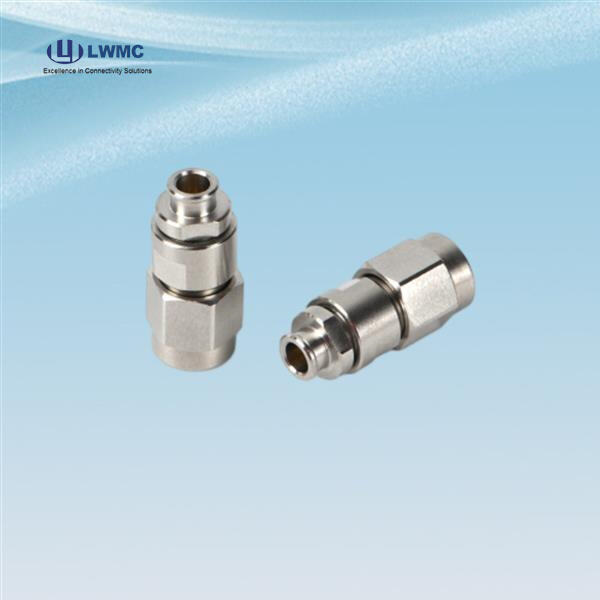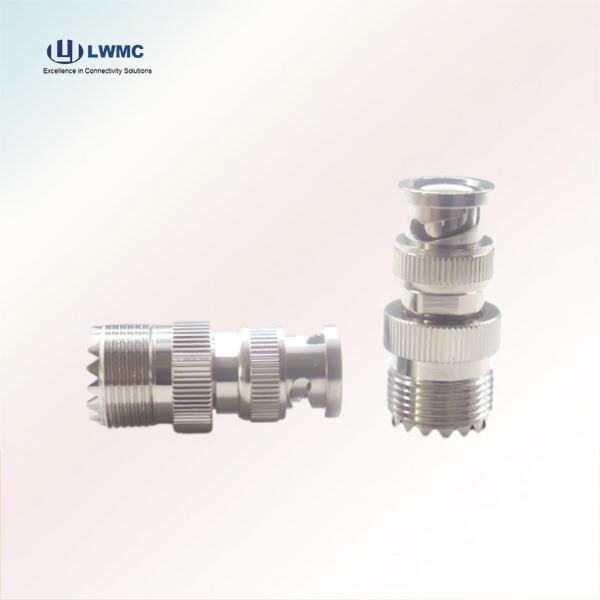If you ever need to join two things together, say puzzle pieces or Legos, you might use male connectors and female connectors. These connections are what keep things connected. So, in today’s post, we are going to cover what is the difference between male and female connector and how to use them?
Male connectors feature protruding parts, such as a rod or bump. Female connectors have structures that jut inward, such as a hole or a slot. Male and female connectors are like keys and locks, fitting together and making a strong link.
To determine whether to describe a connector as male or female, you just need to examine its shape. If it sticks, it’s a connector for males. If it is a hole or a slot, it is a female connector. You can also think of it as males “go in” and females “receive” to help you remember who is whom.

If you need to join two components, select the appropriate matching pair of male and female connectors. “When we are polarized, we don’t fit together if the pieces that we are wearing do not match,” Dr. Montoya says. Evaluate the shapes and sizes to ensure they are a good fit.

And sometimes connectors just gets loose, and don´t want to stay put. If they are not joining together closely, have a go at tightening them up. Be gentle and take care so as not to snap anything while fixing the loose connections.

You can go with LINKWORLD connectors to ensure that your male and female connectors stay connected and are functional. LINKWORLD secure connectors hold your items tight and secure. Always ensure that you line up your male and female connectors properly when connecting so they can connect securely.